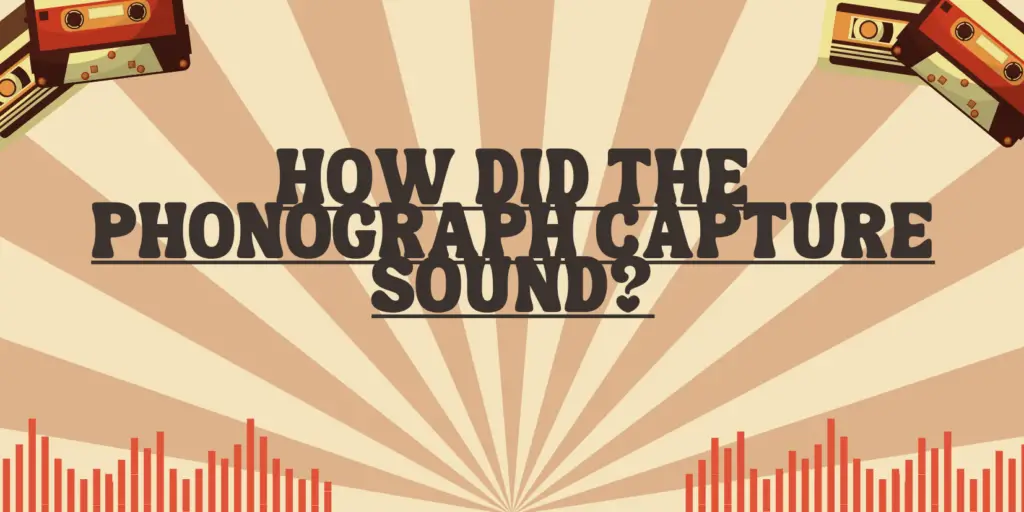The phonograph, a groundbreaking invention of the late 19th century, marked a historic leap in the way humans could capture and reproduce sound. Developed by Thomas Edison, it was the first practical device that could record and play back audio. This article explores the ingenious technology that allowed the phonograph to capture sound and change the world of audio forever.
The Components of the Phonograph
The phonograph consisted of several key components that worked in harmony to capture and reproduce sound:
- Rotating Cylinder: At the core of the phonograph was a rotating cylinder, typically made of metal or wax. This cylinder served as the recording medium and was mounted on a spindle.
- Diaphragm and Stylus: Sound was captured through a diaphragm, which vibrated in response to sound waves. A stylus, attached to the diaphragm, followed these vibrations. The stylus was often made of a needle-like material such as steel.
The Recording Process
The process of capturing sound on a phonograph was as follows:
- Sound Waves: A source of sound, such as a spoken voice or music, was directed toward the diaphragm.
- Vibrations: As sound waves hit the diaphragm, it vibrated in response to the variations in air pressure caused by the sound.
- Stylus Movement: The vibrations of the diaphragm were transferred to the stylus, causing it to move up and down.
- Groove Etching: As the stylus moved, it etched a continuous spiral groove into the rotating cylinder. This groove represented the sound waveform.
Reproducing the Sound
To play back the recorded sound, the process was reversed:
- Rotating Cylinder: The cylinder was set in motion by a hand-cranked mechanism.
- Stylus Movement: A second stylus was placed on the previously etched groove, and as the cylinder rotated, the stylus followed the groove.
- Diaphragm Vibration: The up-and-down movement of the stylus in the groove recreated the vibrations of the original sound waves.
- Sound Amplification: The recreated vibrations were then passed through a horn or speaker to amplify the sound, making it audible to the listener.
The Impact of the Phonograph
The phonograph’s ability to capture and reproduce sound had a profound impact on society. It opened the door to recorded music, allowing people to enjoy music in the comfort of their homes. It also played a crucial role in preserving oral history, speeches, and important events. The phonograph laid the foundation for the modern audio industry, influencing the development of subsequent recording and playback technologies.
Conclusion
The phonograph was a remarkable invention that forever changed the way we interact with sound. Its ingenious technology, relying on diaphragms, styluses, and rotating cylinders, paved the way for the development of recorded music and audio technology as we know it today. Thomas Edison’s phonograph remains a symbol of innovation and a pivotal moment in the history of audio.


